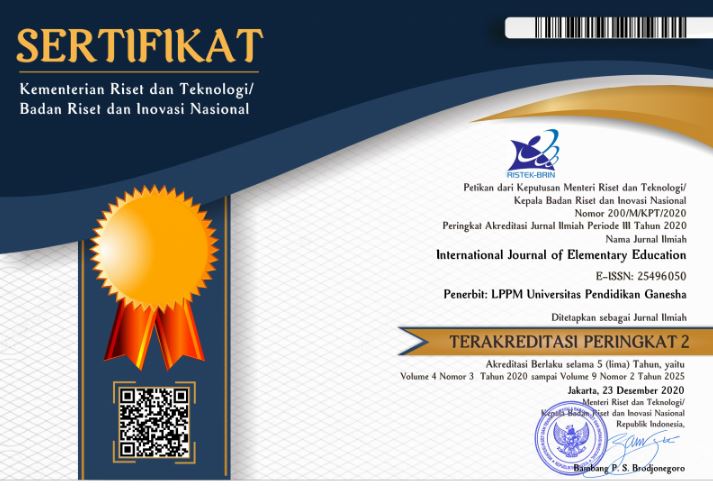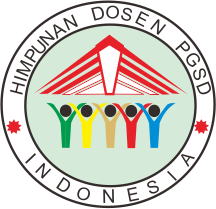Digital Picture Card Media Based on Mother Tongue Assisted with Artificial Intelligence in Literacy Learning for Early Grades
DOI:
https://doi.org/10.23887/ijee.v8i3.84158Keywords:
Digital Picture, Artificial Intelligence, Card Media, Mother Tongue, Literacy LearningAbstract
Elementary school students' literacy skills are still relatively low, this is because students are not yet accustomed to accomplishing literacy activities regularly. This research aims to analyze the effectiveness of digital picture media using mother tongue assisted with AI in literacy learning for early-class students. This study uses a descriptive analysis method with a qualitative approach. Data were obtained through a variety of methods, named: observation, interviews, and analysis of documentation material. In Interviews, the data was collected through the key informants consisting of the principal, vice principal, class teachers, parents, and the retired school principal. The data were analyzed using interactive data rolling, starting from data collection, data presentation, data reduction, and verification of withdrawal. The results of using digital picture card media in literacy learning for early-grade students, digital image media assisted by artificial intelligence can stimulate students' participation and creative abilities to learn, recognize letters, and read simple words and sentences. The role of the mother tongue in language instruction is very important. It helps early-grade students to grasp literacy learning. Third, the use of picture card media based on the mother tongue and artificial intelligence technology is very effective in improving students' abilities in studying literacy, especially reading for early-grade students. These findings reflect that the use of mother tongue-based digital picture media can improve student's abilities in literacy learning.
Published
How to Cite
Issue
Section
License
Copyright (c) 2024 Yohanes Vianey Sayangan

This work is licensed under a Creative Commons Attribution-ShareAlike 4.0 International License.
Authors who publish with the International Journal of Elementary Education agree to the following terms:
- Authors retain copyright and grant the journal the right of first publication with the work simultaneously licensed under a Creative Commons Attribution License (CC BY-SA 4.0) that allows others to share the work with an acknowledgment of the work's authorship and initial publication in this journal.
- Authors are able to enter into separate, additional contractual arrangements for the non-exclusive distribution of the journal's published version of the work (e.g., post it to an institutional repository or publish it in a book), with an acknowledgment of its initial publication in this journal.
- Authors are permitted and encouraged to post their work online (e.g., in institutional repositories or on their website) prior to and during the submission process, as it can lead to productive exchanges, as well as earlier and greater citation of published work. (See The Effect of Open Access)








